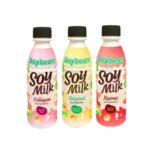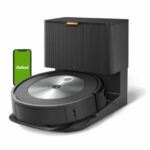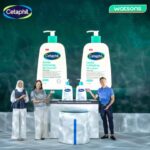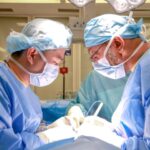The American Society for Plastic Surgeons Report notes that minimally invasive procedures are overwhelmingly preferred to surgical ones: 13.9 mln vs 1.7 mln, respectively.
- 6.7 Million Botox Procedures
- 2.3 Million Soft Tissue Filler Injections
- 1.2 Million Chemical Peels
(2014 Plastic Surgery Statistics)
Table of Contents
Ultherapy
Ultherapy is Food and Drug Administration cleared to non invasively lift eyebrows, neck and chin and reduce décolletage lines and wrinkles. Ultherapy triggers genetic activity in the skin, which means it isn’t largely a mechanical effect like chemical peels.
“For the first time ever, we can achieve significant lifting and trigger new collagen growth by focusing energy deep into the foundation, below the skin that is addressed in surgery, as well as into the skin itself,” Stafford Broumand, a plastic surgery doctor in New York City, told the media.
Thermage
Thermage, a previous generation and therefore less costly, but still very much useful and effective procedure for saggy crepe skin and droopy eyelids, uses radio frequency energy that applies heat to the skin. This causes dermal fibroblasts to produce collagen cells and the skin to firm. Pain can ensue after the procedure so check it out with a health professional first.
Chemical Peels
To remove old dead cells, chemical peels do produce results. The chemicals are strong and include glycolic, lactic, salicylic and trichloroacetic acids or phenol. Application requires 15 minutes. Expect stinging, redness and irritation; this treatment erases age spots, fine lines, acne scars and wrinkles caused by sun damage or aging. You can choose one strong procedure or go for several lesser ones. Word of warning: expect a week or more of recovery.
Microdermabrasion
A super peel, microdermabrasion is a quickie. Its recovery is rapid and results immediate. Instead of going to a lunch go get a microdermabrasion. The procedure can sometimes cause bleeding so talk with your health professional first. However, it is good with highly aged skin and scars or disease markings. Some people go in for as many as 10 sessions.
Tip: Chemical peels and microdermabrasion are especially effective for oily skin with large pores.
Botox
The number one minimally invasive procedure, Botox is aimed at forehead creases. However, it is being used for crowsfeet, lip corners, excessive underarm sweating and more. Maintenance may require repeat injections every 3 to 6 months. But after a while the effect seems to become more and more permanent. Some report that their crowsfeet didn’t return after just one application.
“Botox is a paralytic and thus stops the motion of muscles,” says facial plastic surgeon Francis R. Palmer III of Beverly Hills. “The more the muscles go without moving the more they will atrophy or get smaller. Although they will never fully go away continuous Botox injections will make them very small. Therefore, less Botox is needed to keep the muscle from moving and the longer the effect will last. Stopping the Botox will allow the muscle function to return.”
CoolSculpting
No need to slice, dice or vacuum tummy fat. CoolSculpting freezes annoying brown fat cells. Its controlled localized freeze procedure turns fat cells into crystal cubes that melt away to be excreted. People see the difference in one treatment. But… CoolSculpt isn’t nearly as effective for highly overweight persons because it seems to work better when applied to specific problem areas.
Liquid Facelift
Liquid Facelift is a combination of Botox or Dysport with fillers such as Juvederm or Radiesse. Liquid Facelift is used to diminish wrinkling, lift the brow, erase smile lines and even little craters and pits (topography of the skin). The effect is noticeable right away with little recovery time.
Other Lasers
Ultrapulse CO2 laser is already old-fashioned but therefore very proven and reliable to tighten skin and demolish wrinkles. The treatment may require a few weeks to months of recovery time. Non-blastive lasers are adept at melisma or skin discoloration.
















